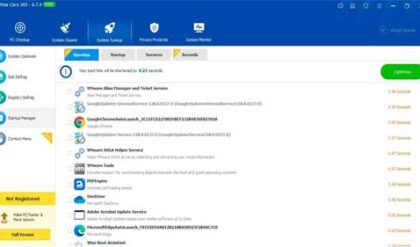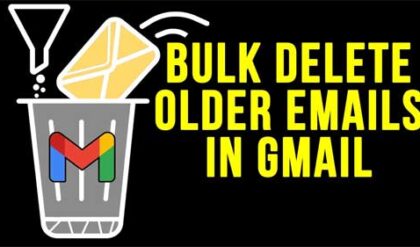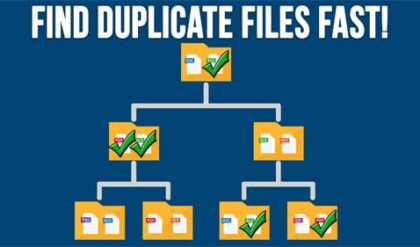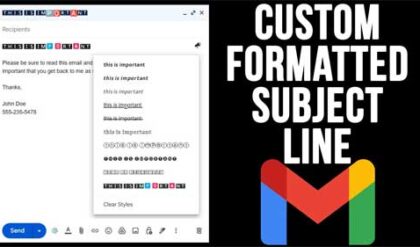Run your software in the cloud
Software as a service, also known as SaaS or on-demand software, is the process of delivering software and applications through the internet and a subscription model. You can access these applications via the web or wifi, rather than them, thus allowing you to cut down on maintenance and hardware costs. An example of SaaS is Microsoft Office, Gmail, Dropbox, and music streaming apps. It’s also vastly used today in Customer relationship management (CRM), Human Resource Management (HRM), Billing, Sales, Enterprise planning, etc. In this article, we’ll be spilling everything we know about Software as a service and how it functions.
SaaS History
The idea of Software as a service stemmed from an older concept called cloud computing. Cloud computing dates back to the 1960s when a renowned computer scientist named John McCarthy introduced the concept of ‘computing power’ to provide easier access to data. It wasn’t until the 1990s when SaaS started to mature with advancements in technology. Businesses with retrenchment strategies and companies who wanted to achieve a centralized structure started using SaaS to cut down on costs and increase the efficiency of administration. “>data
How Software As A Service Works
SaaS is managed and controlled by an outside software provider who takes all info and data related to a business customer, for instance, and provides customer software that can be accessed by end-users. Software as a service also comprises independent software vendors who make agreements with cloud providers to host productivity applications for them, in return for subscription payments.
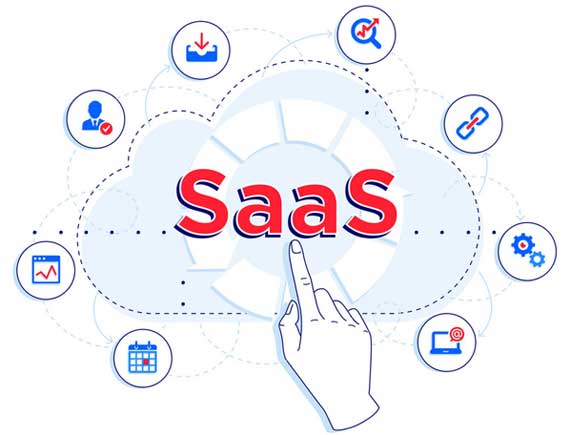
Access To Applications
Software as a service allows you to access highly sophisticated applications that would otherwise take a very long time, perhaps years, to be developed. Instead of using up all of your resources to create these applications, you subscribe or rent these services that can give you access to these applications anywhere and anytime, as long as you have an internet connection.
No Hardware Required
In-house software requires purchasing expensive hardware, not to mention their operational, maintenance, and compliance costs. One of the benefits of SaaS is that independent software vendors (ISV) won’t need to install substantial hardware, so companies don’t need to recruit software developers or IT specialists to create new software. Consequently, businesses can eliminate whole departments, by outsourcing this function, allowing them to focus on their core competencies and achieve higher profit margins.
Centralized
The first and most important characteristic of SaaS is that it allows for centralization. Each business or organization has its own infrastructure. SaaS can adapt to each infrastructure so that everyone in the organization can use and share the same set of updated codes, instead of developing hundreds and thousands of different codes. It is also updated automatically so everyone will always have the most updated version and can access the same data. This is way more productive than downloading the software on every computer throughout the company; all this is carried out by the cloud. A multi-tenancy is a SaaS feature that allows an organization’s resources to be at hand for a great number of people while maintaining fundamental cloud functions like speed, privacy, and safety.
Customization
Subscribers can customize SaaS by choosing the user interface, the data to be displayed, style, dashboard, and many other features, according to their preferences. SaaS offers flexibility so that it can suit individual preferences and allow customers to modify the program to accommodate their businesses. In other words, Software as a service gives you the chance to reinforce your brand and specify different areas of the program.
Privacy and Safety
You might ask yourself; who owns the SaaS data? The majority of SaaS agreements state that vendors are the owners of any data in the programs and that they have the right to recover this data at any time. SaaS providers also confirm that you can back up any information. However, you need to be extremely careful when signing the contracts. Keep in mind some aspects including:
- Who’s responsible for the security of the data in case of theft or losses
- Warranties and guarantees, and how a vendor will offer support
- What happens in case of business failure or program failure
Software as a service is extremely diverse, and ranges from streaming applications to enterprise tools, and IT services. We probably use SaaS in our everyday lives. That’s why it’s time we stop living under a rock and start learning more about SaaS. We hope you’ve gained some insight about Software as a service after reading this article. You can always reach out to professionals to provide you with expert knowledge.


